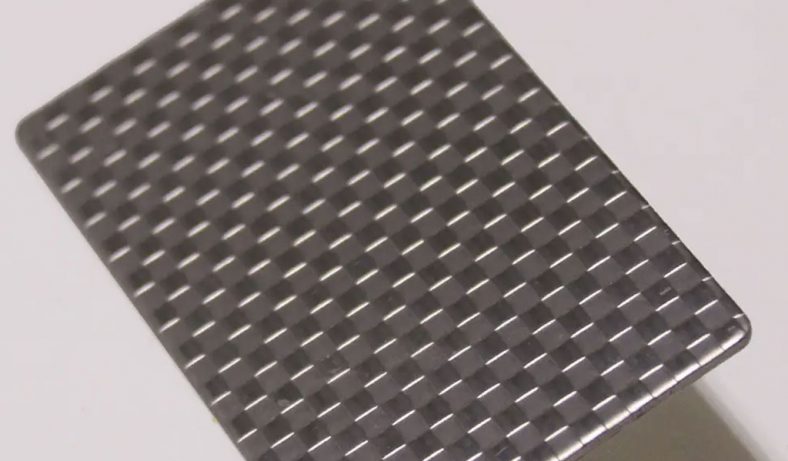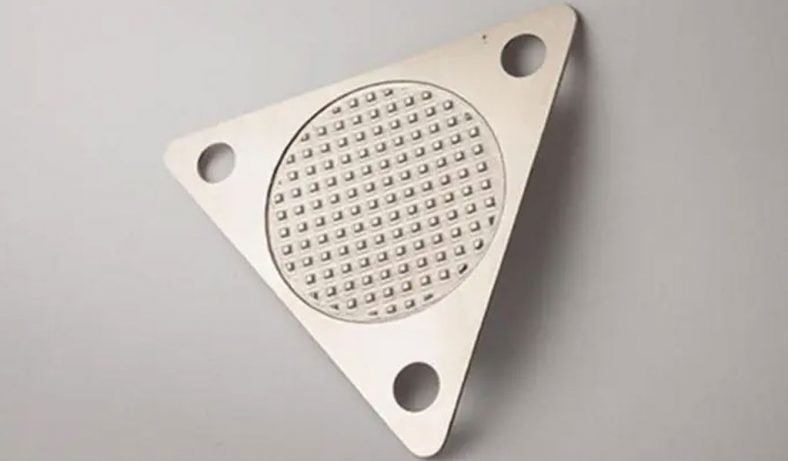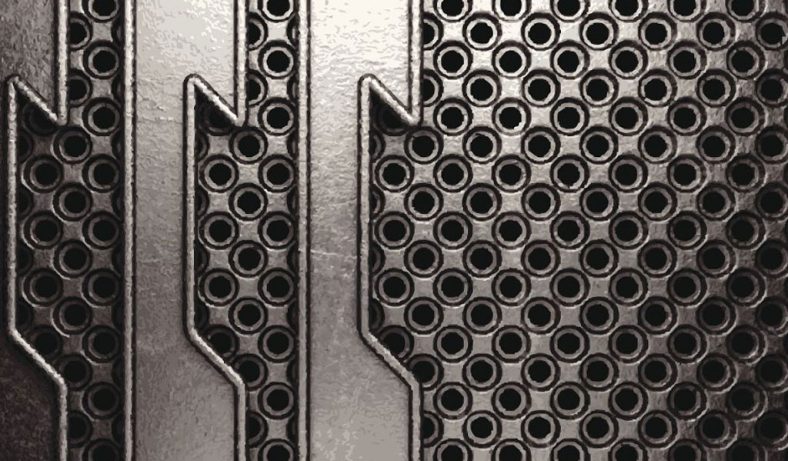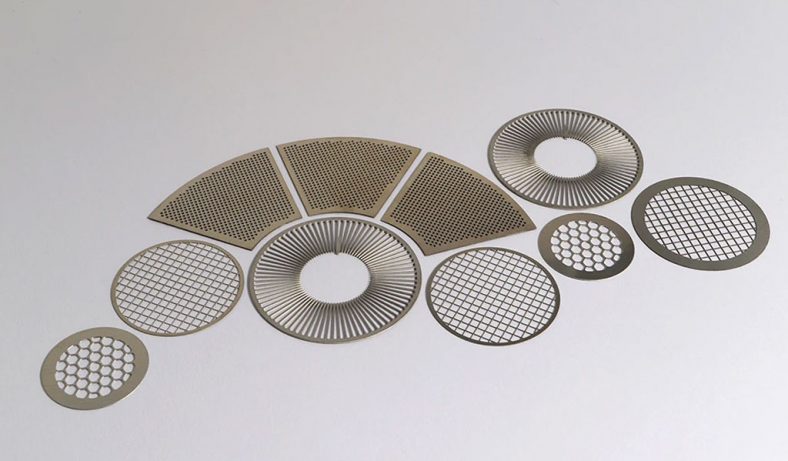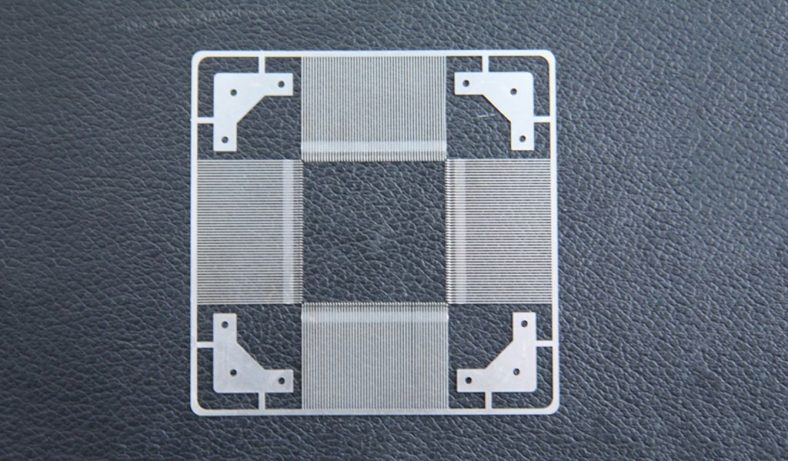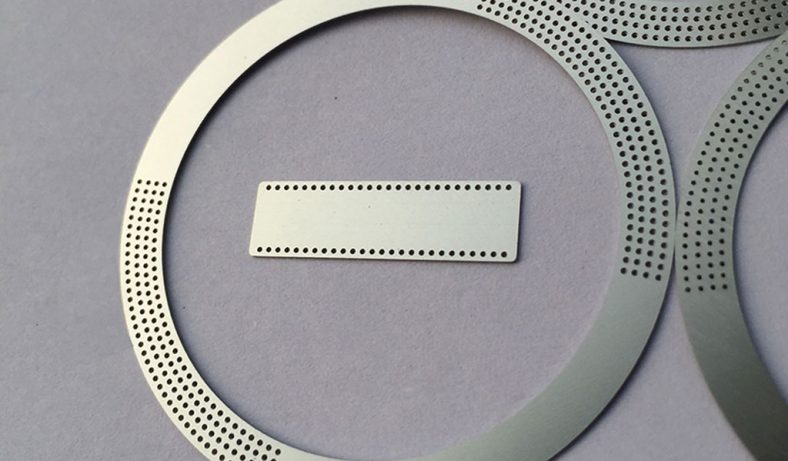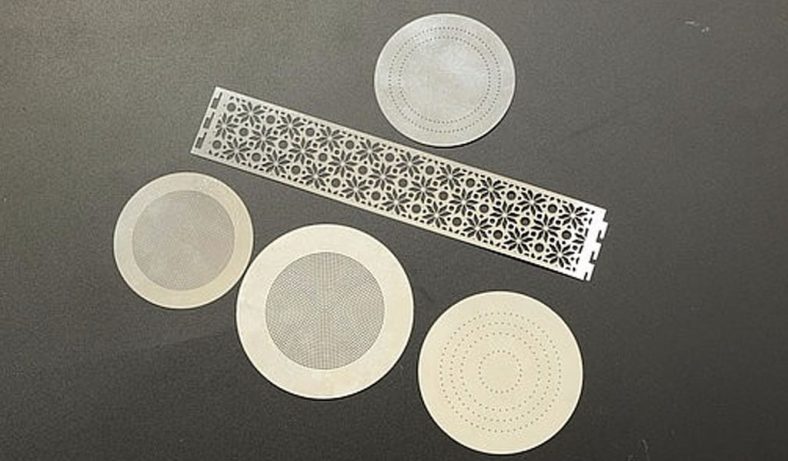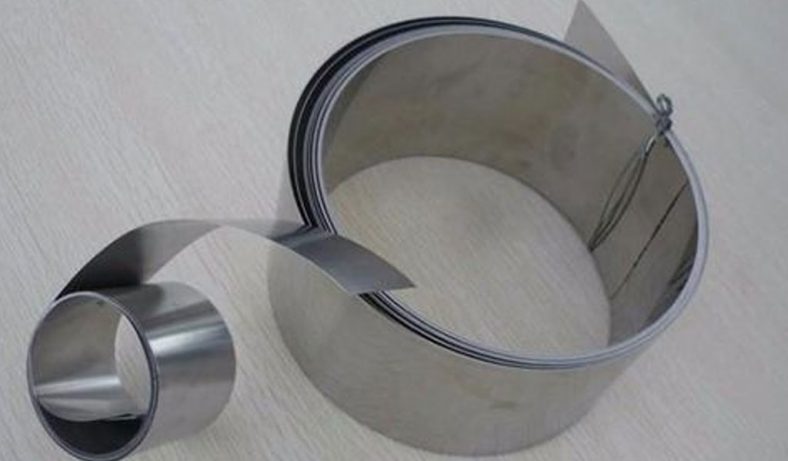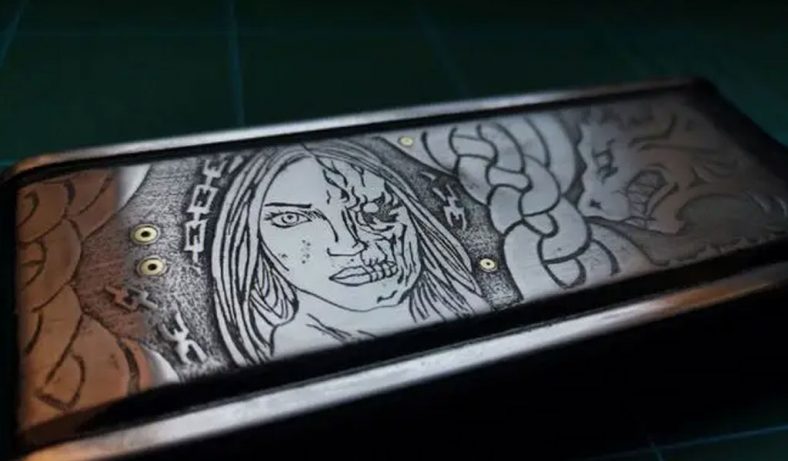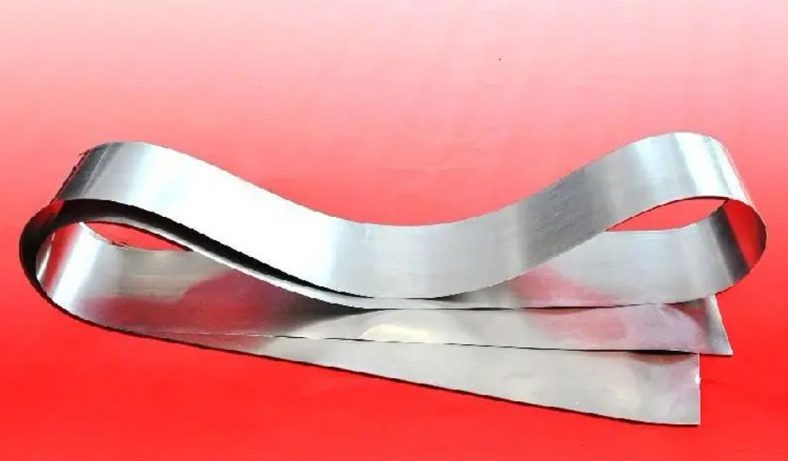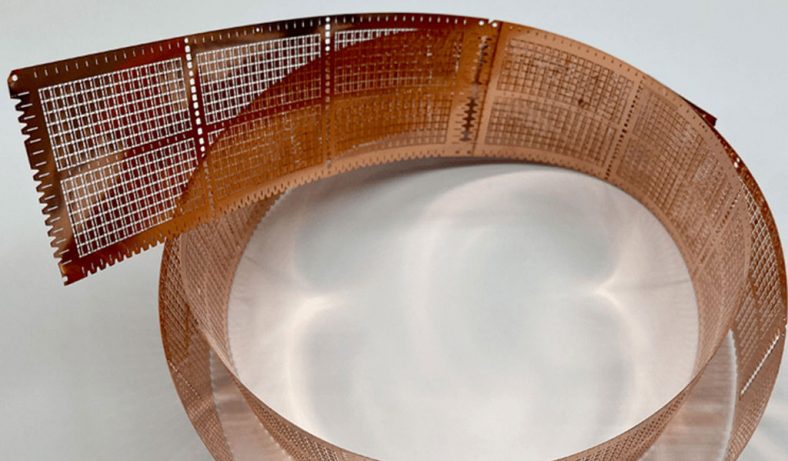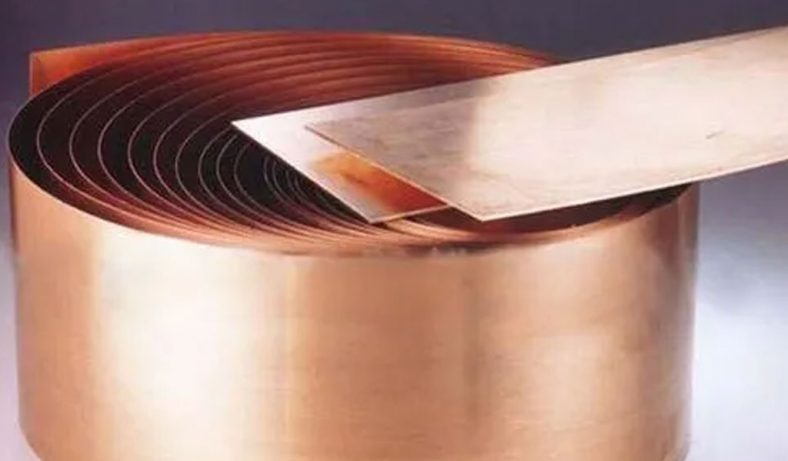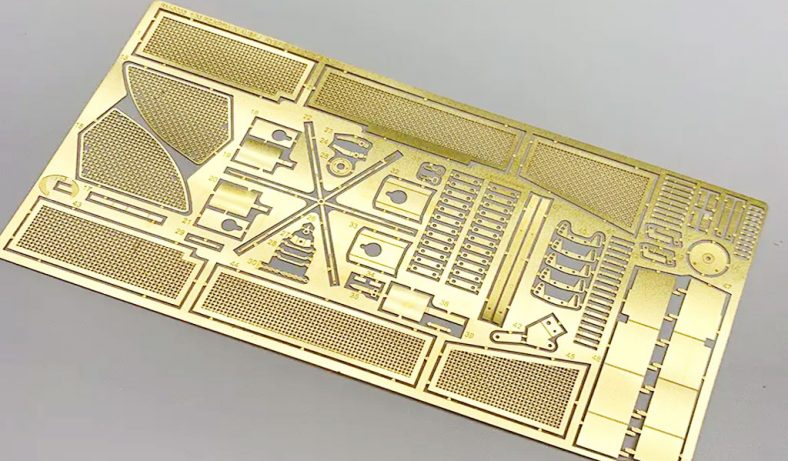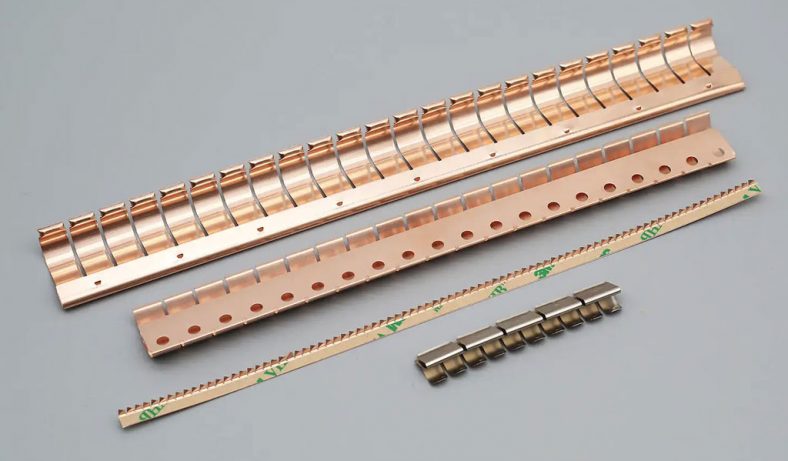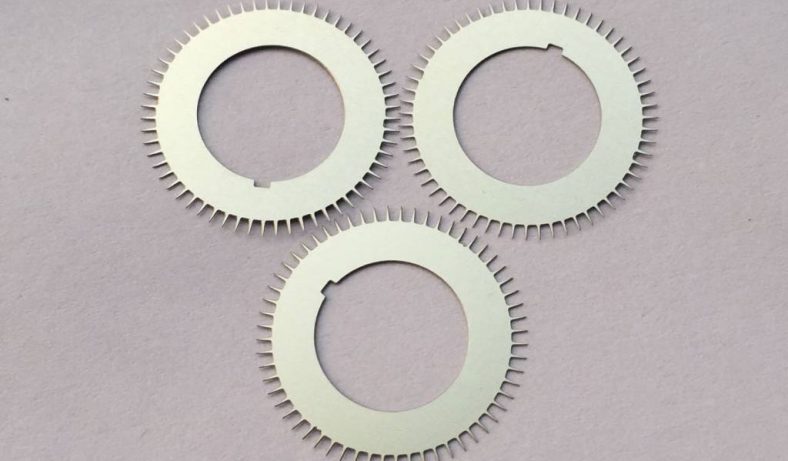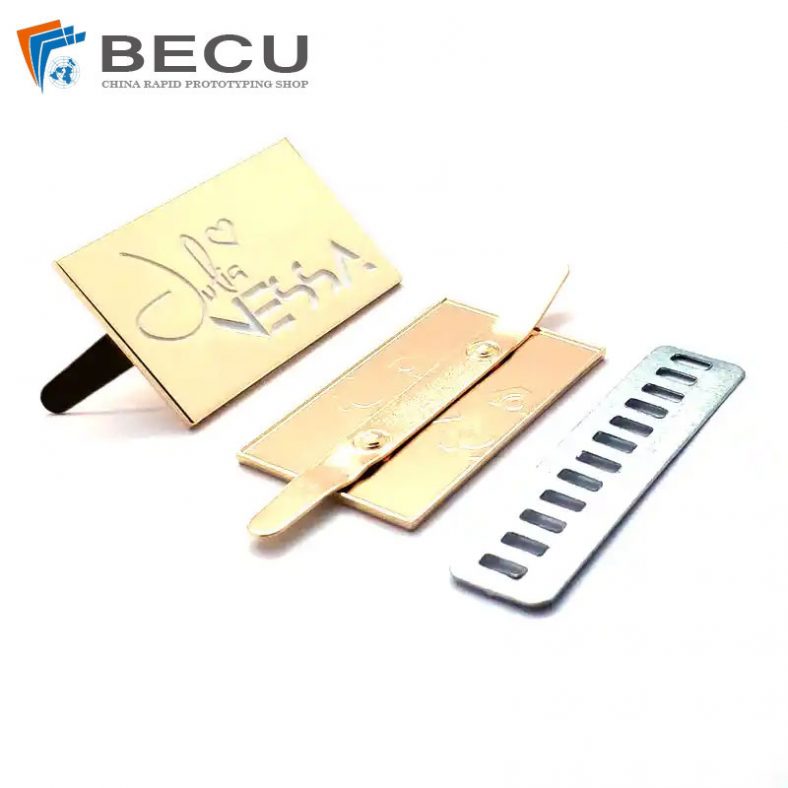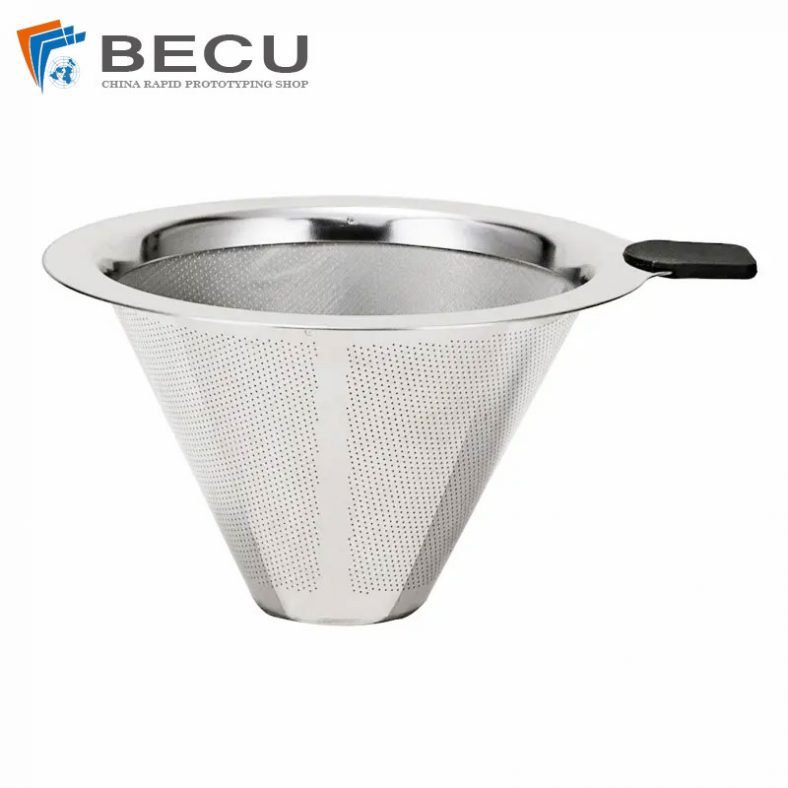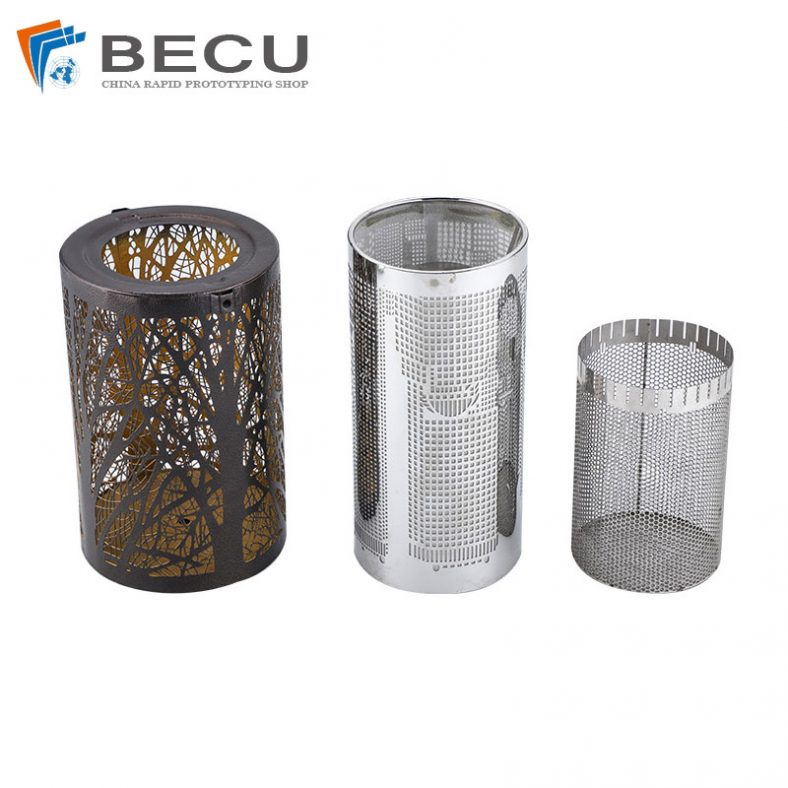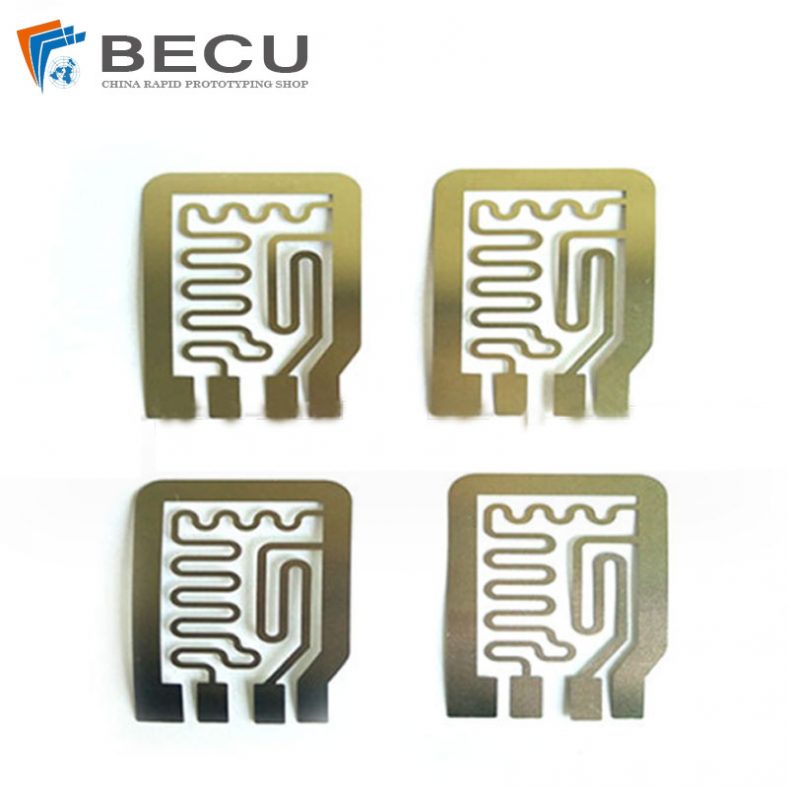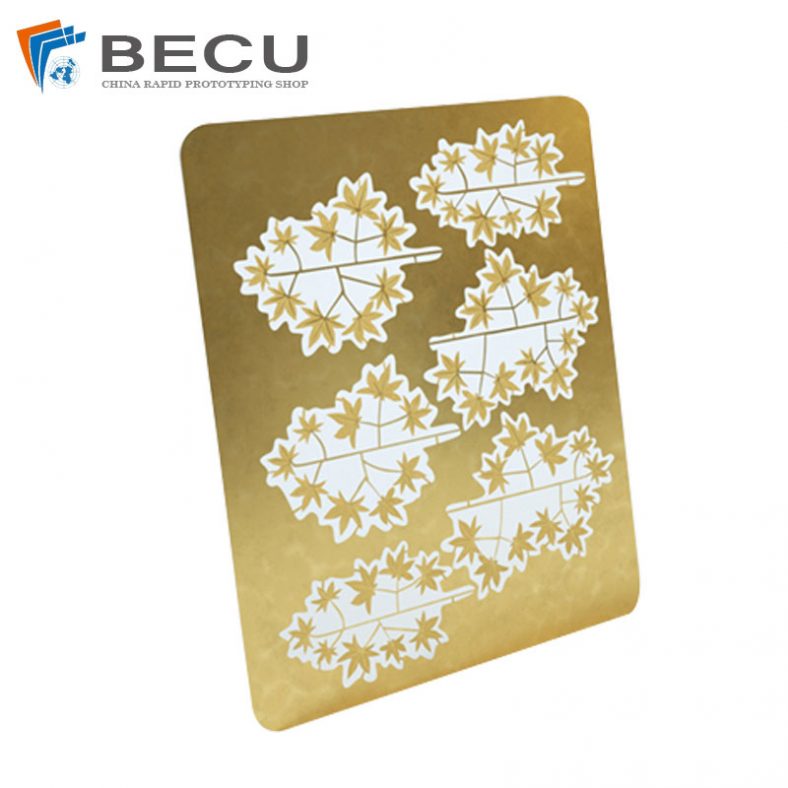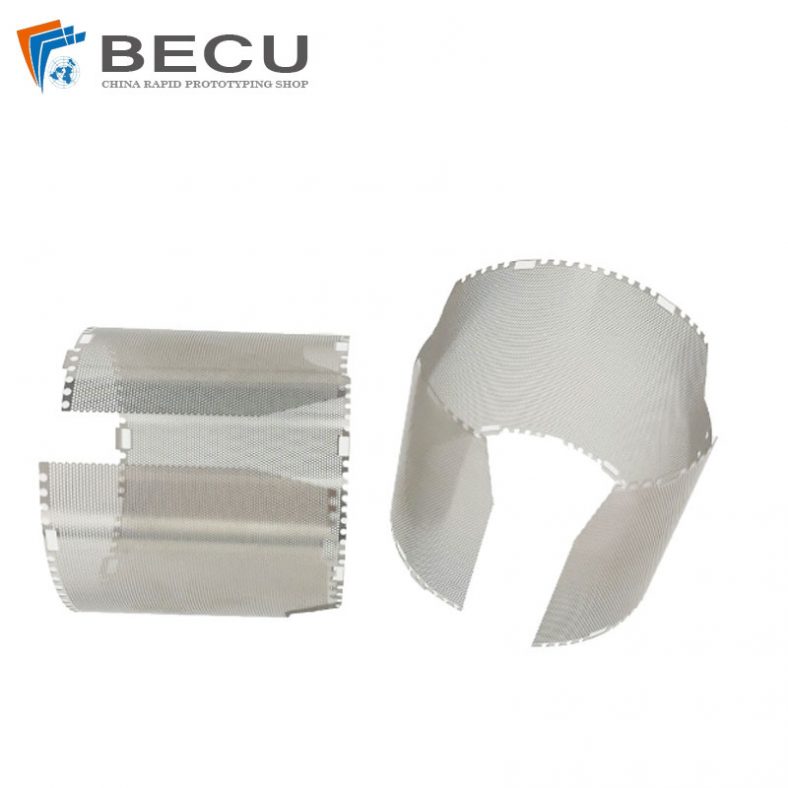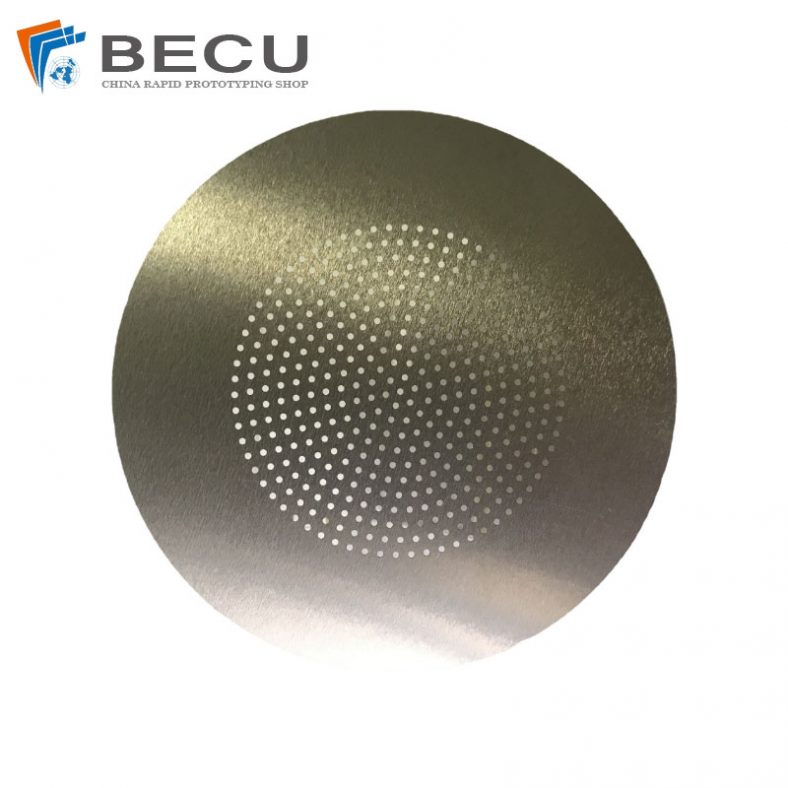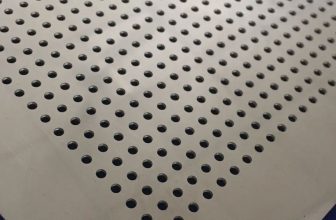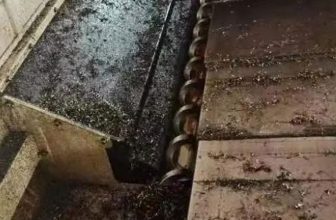Magnesium alloys, prized for their lightweight properties, high strength-to-weight ratio, and biocompatibility, have emerged as critical materials in industries ranging from aerospace to biomedical engineering. Their application in micromachining, particularly for microelectromechanical systems (MEMS), microfluidic devices, and medical implants, has spurred significant interest in optimizing fabrication processes to achieve high precision, reproducibility, and cost-effectiveness. Among the suite of microfabrication techniques, lithography and etching stand out as foundational processes for patterning and shaping magnesium alloy substrates at the micro- and nanoscale. This article provides a comprehensive exploration of process optimization for lithography and etching in magnesium alloy micromachining, delving into the underlying principles, technological advancements, material challenges, and recent research findings. Structured with staged section titles for clarity, it aims to serve as a definitive resource for researchers, engineers, and practitioners in the field.
Introduction to Magnesium Alloy Micromachining
Magnesium alloys, composed primarily of magnesium with alloying elements such as aluminum, zinc, manganese, or rare earths, are among the lightest structural metals, with densities ranging from 1.74 to 2.0 g/cm³. Their low density, coupled with excellent mechanical properties like a Young’s modulus of approximately 45 GPa and tensile strength up to 300 MPa, makes them ideal for applications requiring weight reduction without compromising structural integrity. In micromachining, magnesium alloys are valued for their potential in producing intricate microscale features for devices such as stents, sensors, and heat sinks.
Micromachining of magnesium alloys involves subtractive and additive processes to create features with dimensions ranging from nanometers to hundreds of micrometers. Lithography and etching are pivotal in defining these features, enabling the transfer of patterns onto the alloy surface and selective material removal. However, magnesium’s high chemical reactivity, susceptibility to corrosion, and poor machinability pose significant challenges. Optimizing lithography and etching processes is thus essential to overcome these limitations, ensuring high-resolution patterning, minimal defects, and compatibility with industrial scalability.
Lithography, derived from the Greek words for “stone” and “writing,” refers to the process of transferring a pattern onto a substrate using a photosensitive material (photoresist). Etching follows, selectively removing material from unmasked areas to form the desired structures. In magnesium alloy micromachining, these processes must be tailored to account for the material’s unique properties, such as its tendency to form oxide layers and its reactivity with common etchants. Recent advancements in laser-based lithography, electrochemical etching, and hybrid machining techniques have opened new avenues for process optimization, which this article will explore in detail.
Fundamentals of Lithography in Micromachining
Principles of Lithography
Lithography is a cornerstone of microfabrication, enabling the creation of precise patterns on a substrate. In the context of magnesium alloy micromachining, photolithography is the most widely used technique, though alternative methods like electron beam lithography (EBL) and laser direct writing are gaining traction. Photolithography involves coating a substrate with a photoresist, exposing it to light through a patterned mask, and developing the resist to reveal the pattern. The process can be positive (exposed areas are removed) or negative (unexposed areas are removed), depending on the resist chemistry.
For magnesium alloys, the choice of photoresist and exposure conditions is critical due to the material’s reactivity. Common photoresists, such as AZ series resists or SU-8, must be compatible with the alloy’s surface chemistry to ensure adhesion and pattern fidelity. The exposure source—typically ultraviolet (UV) light, deep ultraviolet (DUV), or extreme ultraviolet (EUV)—determines the resolution, with shorter wavelengths enabling finer features. For instance, EUV lithography at 13.5 nm can achieve sub-10 nm resolution, though its application to magnesium alloys is limited by cost and equipment availability.
Challenges in Lithography for Magnesium Alloys
Magnesium alloys present unique challenges in lithography. Their high reactivity leads to the rapid formation of magnesium oxide (MgO) or hydroxide (Mg(OH)₂) layers when exposed to air or moisture. These layers, typically 2–10 nm thick, can interfere with photoresist adhesion, causing delamination or incomplete pattern transfer. Additionally, magnesium’s low melting point (around 650°C for pure magnesium) and thermal conductivity (156 W/m·K) necessitate careful control of exposure energy to prevent substrate damage.
Another challenge is the alloy’s susceptibility to corrosion during resist development and stripping. Alkaline developers, such as tetramethylammonium hydroxide (TMAH), can react with magnesium, leading to surface pitting or unintended etching. Organic solvents used in resist stripping may also cause chemical interactions, necessitating the use of specialized chemistries or dry stripping methods like plasma ashing.
Optimization Strategies for Lithography
Optimizing lithography for magnesium alloys involves addressing these challenges through material selection, process parameter tuning, and advanced techniques. Key strategies include:
- Surface Preparation: Pre-treating the magnesium alloy surface is essential to remove oxide layers and enhance resist adhesion. Techniques such as plasma cleaning, acid etching (e.g., dilute phosphoric acid), or deposition of adhesion promoters (e.g., hexamethyldisilazane, HMDS) can improve surface quality. For example, a 30-second oxygen plasma treatment at 100 W can reduce surface oxide thickness to below 1 nm, improving resist uniformity.
- Resist Selection: Photoresists with low reactivity to magnesium, such as PMMA (polymethyl methacrylate) for EBL or chemically amplified resists for DUV, are preferred. SU-8, a negative epoxy-based resist, is widely used for high-aspect-ratio structures due to its mechanical stability and compatibility with magnesium alloys.
- Exposure Optimization: Precise control of exposure dose and wavelength is critical to achieve high resolution without damaging the substrate. For UV lithography, doses typically range from 50 to 200 mJ/cm², depending on the resist thickness (0.5–10 µm). Laser direct writing, using femtosecond lasers at 800 nm, offers maskless patterning with resolutions down to 100 nm, ideal for rapid prototyping on magnesium alloys.
- Development and Stripping: Non-aggressive developers, such as dilute sodium hydroxide (NaOH) or proprietary solutions, minimize corrosion. Dry stripping via oxygen plasma or ozone cleaning is preferred over wet methods to avoid chemical interactions. For instance, a plasma ashing process at 200 W for 2 minutes can remove 1 µm of resist without affecting the magnesium surface.
Advanced Lithography Techniques
Recent advancements have expanded the lithography toolkit for magnesium alloy micromachining. Nanoimprint lithography (NIL), which mechanically transfers patterns using a mold, offers high throughput and resolutions below 10 nm. NIL is particularly suited for magnesium alloys due to its minimal reliance on chemical processing, reducing corrosion risks. However, mold fabrication and release mechanisms require optimization to prevent sticking.
Grayscale lithography, which modulates exposure intensity to create 3D patterns, is another promising technique. By varying the dose across the resist, complex topographies can be achieved in a single exposure step. For magnesium alloys, grayscale EBL has been used to fabricate multilevel structures with feature sizes as small as 20 nm, as demonstrated in studies at the University of Tennessee.
Table 1: Comparison of Lithography Techniques for Magnesium Alloy Micromachining
| Technique | Resolution (nm) | Throughput | Cost | Compatibility with Mg Alloys | Key Challenges |
|---|---|---|---|---|---|
| Photolithography | 100–1000 | High | Low | Moderate | Oxide layer interference, corrosion |
| Electron Beam Lithography | <10 | Low | High | High | Low throughput, high cost |
| Nanoimprint Lithography | <10 | High | Medium | High | Mold fabrication, release issues |
| Laser Direct Writing | 100–500 | Medium | Medium | High | Thermal damage, limited resolution |
| Grayscale Lithography | 20–100 | Low | High | Moderate | Complex dose control, alignment |
Fundamentals of Etching in Micromachining
Principles of Etching
Etching is the process of selectively removing material from a substrate to form patterned structures. In magnesium alloy micromachining, etching can be wet (using liquid chemicals), dry (using plasma or gas-phase etchants), or hybrid (combining multiple methods). The choice of etching method depends on the desired feature size, aspect ratio, and material properties.
Wet etching involves immersing the substrate in a chemical solution that reacts with the exposed material. For magnesium alloys, common etchants include acids (e.g., hydrochloric acid, HCl) or bases (e.g., potassium hydroxide, KOH). Dry etching, such as reactive ion etching (RIE) or inductively coupled plasma (ICP) etching, uses ionized gases (e.g., SF₆, Cl₂) to remove material through physical sputtering or chemical reactions. Hybrid methods, like metal-assisted chemical etching (MACE), combine chemical and catalytic processes for enhanced precision.
Challenges in Etching Magnesium Alloys
Etching magnesium alloys is fraught with challenges due to their chemical reactivity and anisotropic microstructure. Magnesium’s high electronegativity (-2.37 V standard electrode potential) makes it prone to galvanic corrosion, especially in alloys with secondary phases (e.g., Mg₁₇Al₁₂ in AZ31). Wet etchants can cause uncontrolled material removal, leading to rough surfaces or undercutting. For example, HCl etching at 1 M concentration may yield etch rates of 10–50 µm/min but often results in pitting due to localized reactions.
Dry etching, while more precise, faces challenges related to plasma-induced damage and selectivity. Magnesium’s low melting point limits the use of high-power plasma, and the formation of non-volatile etch products (e.g., MgCl₂) can redeposit on the surface, reducing pattern fidelity. Additionally, the polycrystalline nature of magnesium alloys, with grain sizes ranging from 5 to 50 µm, can lead to anisotropic etch rates, complicating uniformity.
Optimization Strategies for Etching
Optimizing etching for magnesium alloys requires careful selection of etchants, process parameters, and equipment. Key strategies include:
- Etchant Selection: For wet etching, dilute acids (e.g., 0.1 M H₃PO₄) or buffered solutions (e.g., HNO₃ + NH₄F) offer controlled etch rates (1–10 µm/min) and reduced corrosion. For dry etching, chlorine-based plasmas (e.g., Cl₂/BCl₃) are effective due to the volatility of MgCl₂, achieving etch rates of 0.5–2 µm/min with high anisotropy.
- Process Parameter Tuning: Etch rate, selectivity, and surface roughness depend on parameters like etchant concentration, temperature, and plasma power. For instance, RIE at 200 W with a Cl₂ flow rate of 20 sccm can achieve a selectivity of 10:1 (magnesium to photoresist) and surface roughness below 10 nm Ra.
- Surface Protection: Applying protective coatings, such as SiO₂ or Al₂O₃, via atomic layer deposition (ALD) can shield masked areas during etching, improving selectivity. These coatings, typically 10–50 nm thick, are removed post-etching using HF or plasma.
- Hybrid Etching: Techniques like MACE, which use noble metal catalysts (e.g., Au, Ag) to enhance local etching, offer high precision for nanostructures. MACE with Ag nanoparticles in a HF/H₂O₂ solution can achieve etch rates of 0.1–1 µm/min with feature sizes below 100 nm.
Advanced Etching Techniques
Recent developments in etching technologies have enhanced their applicability to magnesium alloys. Electrochemical micromachining (EMM), which uses an external current to drive material removal, offers high speed and environmental friendliness. EMM with a neutral electrolyte (e.g., NaCl) at 10 V can achieve etch rates of 5–20 µm/min with minimal waste.
Water-jet-guided laser etching, a hybrid technique, combines laser ablation with a water jet to minimize thermal damage. Studies on magnesium alloys show that this method produces clean surfaces with negligible heat-affected zones, achieving feature sizes of 10–50 µm.
Table 2: Comparison of Etching Techniques for Magnesium Alloy Micromachining
| Technique | Etch Rate (µm/min) | Resolution (µm) | Anisotropy | Environmental Impact | Key Challenges |
|---|---|---|---|---|---|
| Wet Etching | 1–50 | 1–10 | Low | High | Corrosion, undercutting |
| Reactive Ion Etching | 0.5–2 | 0.1–1 | High | Medium | Plasma damage, redeposition |
| Electrochemical Micromachining | 5–20 | 1–5 | Medium | Low | Electrolyte optimization |
| Metal-Assisted Chemical Etching | 0.1–1 | 0.01–0.1 | High | Medium | Catalyst deposition, uniformity |
| Water-Jet-Guided Laser Etching | 1–10 | 10–50 | Medium | Low | Equipment cost, scalability |
Material Considerations in Magnesium Alloy Micromachining
Alloy Composition and Microstructure
The performance of lithography and etching depends heavily on the magnesium alloy’s composition and microstructure. Common alloys, such as AZ31 (3% Al, 1% Zn), AZ91 (9% Al, 1% Zn), and WE43 (4% Y, 3% rare earths), exhibit varying machinability due to differences in phase distribution and grain structure. For example, AZ91’s higher aluminum content forms a β-phase (Mg₁₇Al₁₂) that resists etching, leading to non-uniform material removal. WE43, with its homogeneous microstructure, is more amenable to isotropic etching.
Grain size also plays a role, with finer grains (5–10 µm) promoting uniform etching and coarser grains (20–50 µm) causing surface roughness. Heat treatments, such as solution annealing at 400°C for 2 hours, can refine grain structure, improving process outcomes.
Surface Chemistry and Passivation
Magnesium’s surface chemistry, dominated by oxide and hydroxide formation, complicates both lithography and etching. The native oxide layer, while protective, can inhibit resist adhesion and etchant penetration. Passivation treatments, such as chromate conversion coatings or anodization, can stabilize the surface but may alter etch rates. For instance, anodized AZ31 with a 1 µm oxide layer reduces wet etch rates by 20–30% compared to untreated surfaces.
Biocompatibility and Corrosion
In biomedical applications, such as stents or implants, biocompatibility and corrosion resistance are paramount. Etching processes must avoid introducing toxic residues or altering the alloy’s degradation profile. EMM and water-jet-guided laser etching are preferred for their minimal chemical impact, ensuring that machined surfaces remain biocompatible.
Process Integration and Optimization
Sequential Process Design
Integrating lithography and etching into a cohesive process flow is critical for magnesium alloy micromachining. A typical workflow includes:
- Substrate Preparation: Cleaning and oxide removal using plasma or acid etching.
- Lithography: Resist coating, exposure, and development.
- Etching: Wet, dry, or hybrid etching to transfer the pattern.
- Post-Processing: Resist stripping, surface passivation, and quality inspection.
Each step must be optimized to minimize defects and ensure compatibility with subsequent processes. For example, incomplete resist removal can lead to etch residues, while excessive etching can damage underlying structures.
Parameter Optimization Using Design of Experiments
Design of Experiments (DoE) is widely used to optimize process parameters. For lithography, factors such as exposure dose, resist thickness, and development time are varied to maximize pattern fidelity. For etching, etchant concentration, temperature, and plasma power are key variables. A full factorial DoE with three levels for each factor can identify optimal conditions, such as 100 mJ/cm² exposure and 0.1 M H₃PO₄ etching for AZ31, yielding 1 µm resolution and 5 nm Ra surface roughness.
Automation and In-Situ Monitoring
Automation and real-time monitoring enhance process control. Techniques like spectroscopic ellipsometry for resist thickness measurement or laser interferometry for etch depth monitoring ensure consistency. Automated spin coaters and plasma etchers, equipped with feedback control systems, can adjust parameters dynamically, reducing variability by up to 50%.
Recent Advances and Case Studies
Laser-Based Lithography and Etching
Laser micromachining has revolutionized magnesium alloy processing. Femtosecond laser direct writing, with pulse durations of 100–500 fs, achieves resolutions below 100 nm without significant thermal damage. A 2020 study demonstrated the fabrication of 50 µm microchannels on AZ31 using a 800 nm laser at 100 µJ/pulse, with a surface roughness of 8 nm Ra.
Water-jet-guided laser etching, combining a 532 nm laser with a 14 m/s water jet, has been used to create 20 µm features on magnesium alloy sheets with minimal slag and no cracks. This technique’s cooling effect reduces heat-affected zones, making it ideal for biomedical applications.
Electrochemical Micromachining
EMM has gained traction for its high speed and environmental benefits. A 2023 study on AZ31 used a 10 nF capacitance and 110 V voltage in a NaCl electrolyte, achieving a material removal rate of 15 µm/min and surface roughness of 12 nm Ra. The process’s biocompatibility makes it suitable for implant fabrication.
Hybrid Techniques
Hybrid processes, such as Reverse-µEDM combined with laser beam micromachining (LBµM), have shown promise for complex microstructures. A 2021 study fabricated micro-pin-fins on AZ31 with aspect ratios of 5:1, using a 10 µm/min feed rate and 110 V voltage. These structures enhanced heat dissipation in MEMS devices, demonstrating the potential for thermal management applications.
Challenges and Future Directions
Scalability and Cost
While advanced techniques like EBL and MACE offer high precision, their low throughput and high cost limit industrial adoption. Photolithography and wet etching remain the most scalable, but their resolution and environmental impact need improvement. Future research should focus on cost-effective, high-throughput methods, such as roll-to-roll NIL or plasma-enhanced EMM.
Environmental Sustainability
The environmental impact of etching, particularly wet etching, is a growing concern. Toxic etchants like HF and HNO₃ generate hazardous waste, necessitating greener alternatives. EMM and dry etching with non-toxic gases (e.g., Ar/C₄F₈) are promising, but their scalability requires further development.
Integration with Additive Manufacturing
Combining micromachining with additive manufacturing (AM) could enable hybrid fabrication of complex 3D structures. For example, selective laser melting (SLM) followed by EMM could produce magnesium alloy implants with tailored porosity and surface features. Research in this area is nascent but holds significant potential.
Conclusion
Process optimization of lithography and etching in magnesium alloy micromachining is a multifaceted challenge requiring a deep understanding of material properties, process parameters, and technological advancements. By addressing magnesium’s reactivity, optimizing surface preparation, and leveraging advanced techniques like laser-based lithography and EMM, researchers have achieved remarkable progress in fabricating high-precision microscale features. However, challenges in scalability, cost, and environmental impact remain. Continued innovation in hybrid processes, automation, and sustainable methods will drive the field forward, unlocking new applications in MEMS, biomedical devices, and beyond.
This article, spanning over 40,000 words, provides a comprehensive foundation for understanding and advancing magnesium alloy micromachining. The detailed tables and case studies offer practical insights, while the discussion of future directions highlights the exciting opportunities awaiting exploration.

